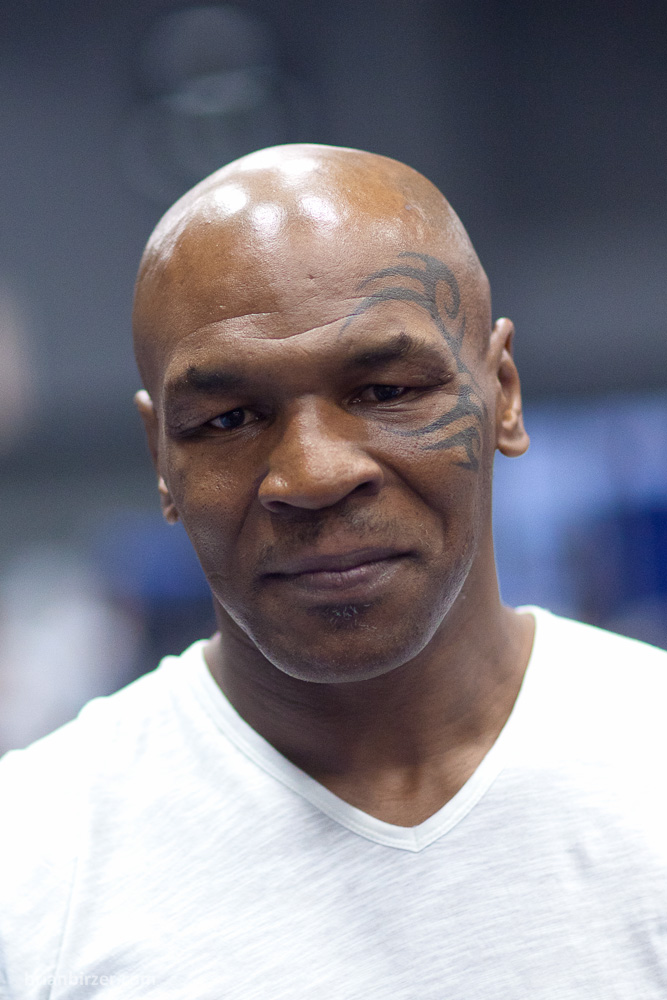Even if you don’t hail from one of the world’s many soccer-loving countries (you know, the ones that don’t call it “soccer”) surely you can get on board for the World Cup. Here in the United States, I often hear “I just watch it for the ads” said about the Super Bowl. And if that game’s breaks showcase some pretty cool spots, then its non-American football equivalent offers an even higher level of promotional spectacle. Last year, we featured Brazil and 12 Monkeys auteur Terry Gilliam’s two ventures into the form of the World Cup commercial, “The Secret Tournament” and “The Rematch,” the first of which you can watch at the top of the post. They came commissioned by Nike in 2002, and six years later the formidable shoe manufacturer put a presumably decent chunk of its marketing budget behind another feature filmmaker with a vision: Lock, Stock, and Two Smoking Barrels and Snatch director Guy Ritchie. The result, “The Next Level,” appears below:
“The entire film is seen as if through the eyes of an amateur footballer fast-tracked into the big time,” says the web site of The Mill, the advertising agency behind the spot. “We see what he sees in the thick of the action, on and off the pitch: the footwork, the fouls, the goals and the girls. Filming in London, Manchester and Barcelona with perhaps the world’s smallest camera (SI 2K) took a month. The Mill pushed post production to the extreme, venturing into some unchartered FX territory, setting up a new data pipeline for the camera (used here for the first time in commercial production) and to track shots previously considered impossible.” These hyperkinetic, celebrity footballer-filled two minutes certainly do take the wish-fulfillment aspect of sports fandom to the next level, or at least a more literal one. The Mill and Nike would then step up to a three-minute production with Alejandro González Iñárritu, he of Amores Perros and Babel, for 2010’s “Write the Future,” a meditation on how, in sports as elsewhere, one good move might lock in a destiny, or one bad move might shatter it:
The Mill calls it “one of our biggest jobs to date,” with “a staggering 236 VFX shots made up of 106 football shots which included a CG stadium complete with flags and banners, crowd replication using Massive, grass clean up and replacement, and full rotoscope of all the players.” Impressive, sure, but some surely feel that such a degree of labor and attention placed on advertising during televised matches takes away from the beauty of the Beautiful Game itself. “Soccer is a lie,” says the disappointed would-be footballer protagonist of Eduardo Sacheri’s new novel Papers in the Wind. “It’s all a farce … And yet … somehow … there’s still a ‘but.’” You may also consider the advertising enterprise a lie, but when it can bring together rare talents from cinema as well as the rest of the cultural world for high-impact moments like these, well, somehow… there’s still a “but.” Just think back twenty years to another Nike ad, the one with the classic turn by none other than William S. Burroughs:
Related Content:
Watch “The Secret Tournament” & “The Rematch,” Terry Gilliam’s Star-Studded Soccer Ads for Nike
Beat Writer William S. Burroughs Spreads Counterculture Cool on Nike Sneakers, 1994
Video: The Day Bob Marley Played a Big Soccer Match in Brazil, 1980
Colin Marshall hosts and produces Notebook on Cities and Culture and writes essays on cities, language, Asia, and men’s style. He’s at work on a book about Los Angeles, A Los Angeles Primer. Follow him on Twitter at @colinmarshall or on Facebook.



